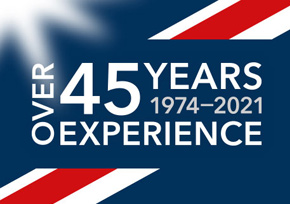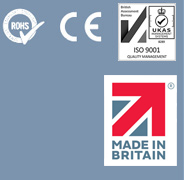Super Powered Eagles
.jpg)
Super Powered Eagles
Natural World, BBC, award winning documentaries employed science to give a window into the life of the most powerful birds in the sky. The BBC team approached Mantracourt in the Spring of 2019 to see if we could help them to measure the grip strength of a trained golden eagle called Tilly. Tilly had been trained to catch and squeeze a tennis ball so they were hopeful that she would adapt to a similar shaped sensor.
There were many challenges both in the design and execution of the sensor along with the time-window for filming. However, we were very keen to support the BBC team who understood the complexities. To gather the data from the sensor was not a problem. Mantracourt’s T24 wireless telemetry system was an ideal fit as the team wanted to collect real-time readings on a laptop for scientists to be able to log the live results. Whilst a wireless system wasn’t mandatory and the BBC team could accommodate wires, the T24 wireless system was a very logical choice. With the spirit of collaboration in full swing, we partnered with several sensor manufacturers who assisted in this project.
First step towards a solution was to find out the maximum force expected; this involved finding and reading academic papers by researchers who have done this in the past. Surprisingly there is very little on record about raptor grip strength, but all that was available was duly found and examined.
We found that some eagles can apply a grip force of over 400 pounds per square inch – it is important to take into account the surface area in contact, but that is many times more than even the strongest human can exert, and easily enough to crush bones.

Next question was how to make the measurement. As this is a force over area measurement the best way would be to have the bird grip a flexible bulb or tube filled with a working fluid then measure the pressure change in the fluid. We would have to take the bird’s claw print to work out the surface area.
The next line of thought explored using a pressurized ball, filled with fluid with a tube and gauge fitted to a wireless transmitter. By this time we had information about the bird who was to feature in the programme; she was a 20 year old Golden Eagle named Tilly who had been trained to catch and squeeze a tennis ball. That was both good and bad news: Good because we now knew the maximum size of the instrument package; bad because we could see that fluid pressure measurement was a non-starter in this case due to size constraints. So the measurement would have to be on a single axis.
.png) We found the smallest S-beam loadcell capable of measuring up to 250kg and it was fitted into a short pipe which had been cut along both sides to form two half-shells. A T24-SA strain aquisition module was used to take values from the loadcell and transmit them to LOG100 software for display and logging.
We found the smallest S-beam loadcell capable of measuring up to 250kg and it was fitted into a short pipe which had been cut along both sides to form two half-shells. A T24-SA strain aquisition module was used to take values from the loadcell and transmit them to LOG100 software for display and logging.
Now for the next snag: T24-SA has a built-in switching regulator to provide 5V load bridge excitation derived from the 3.3V battery supply. Every time this converter starts up it momentarily draws over 400mA inrush current from the battery so battery capacity has to be able to support that. Batteries used had to be readily available types so that meant using two AAA’s.
Having assembled, calibrated and tested the measurement package and software it was all shipped to the user complete with installation and operating instructions.
During trials however it was found that after it had been covered with fur the measurement package was slightly too big around for Tilly to grip comfortably. Nothing could be done about the battery size so a search for an even smaller 250kg S-beam was made and a new, smaller diameter package was sent.
 Using logging and visualisation software, LOG100, the Natural World scientists would use a USB base-station and connect to the tennis ball transmitter to watch Tilly’s movements. Live and peak readings could be displayed on PC and records of Tilly’s grip strength history could be logged by .csv.
Using logging and visualisation software, LOG100, the Natural World scientists would use a USB base-station and connect to the tennis ball transmitter to watch Tilly’s movements. Live and peak readings could be displayed on PC and records of Tilly’s grip strength history could be logged by .csv.
Results
Sadly, during pre-location set up, the new perfectly fitting sensor was so good that after being left alone with it for a few minutes Tilly’s inquisitiveness and strength resulted in her ripping the wires out of the loadcell. Unfortunately, by this time we were unable to make another before the location filming had begun in Scotland.
Simon Baxter, Producer/Director BBC Natural History Unit summed up his experience and hopes for the next series, “It was an amazing piece of kit and I can't thank you and everyone at Mantracourt enough for all of your help. Sadly, we had some difficulties; It's a real shame, but we certainly learnt something from the experiments, and I'd love the chance to tackle the problem again”.
Watch this space as we next endeavour to assist Natural World understand nature through science.
Sensor used:
Load Cell: Applied Measurements DBBSM-250kg-003-000
Thanks to:
Ollie Morcom and the team at Applied Measurements
Bob Atwood and the team at GP50
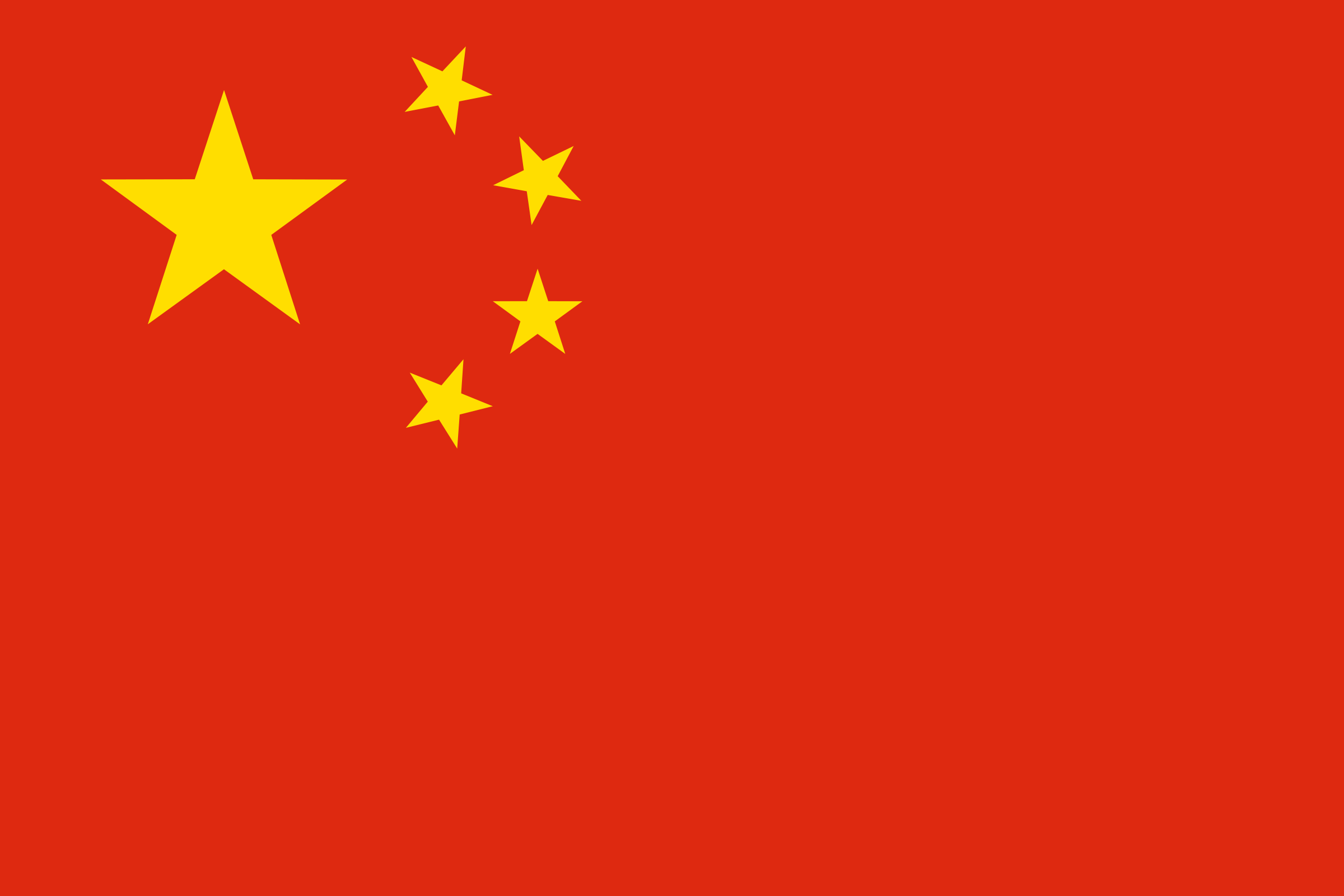

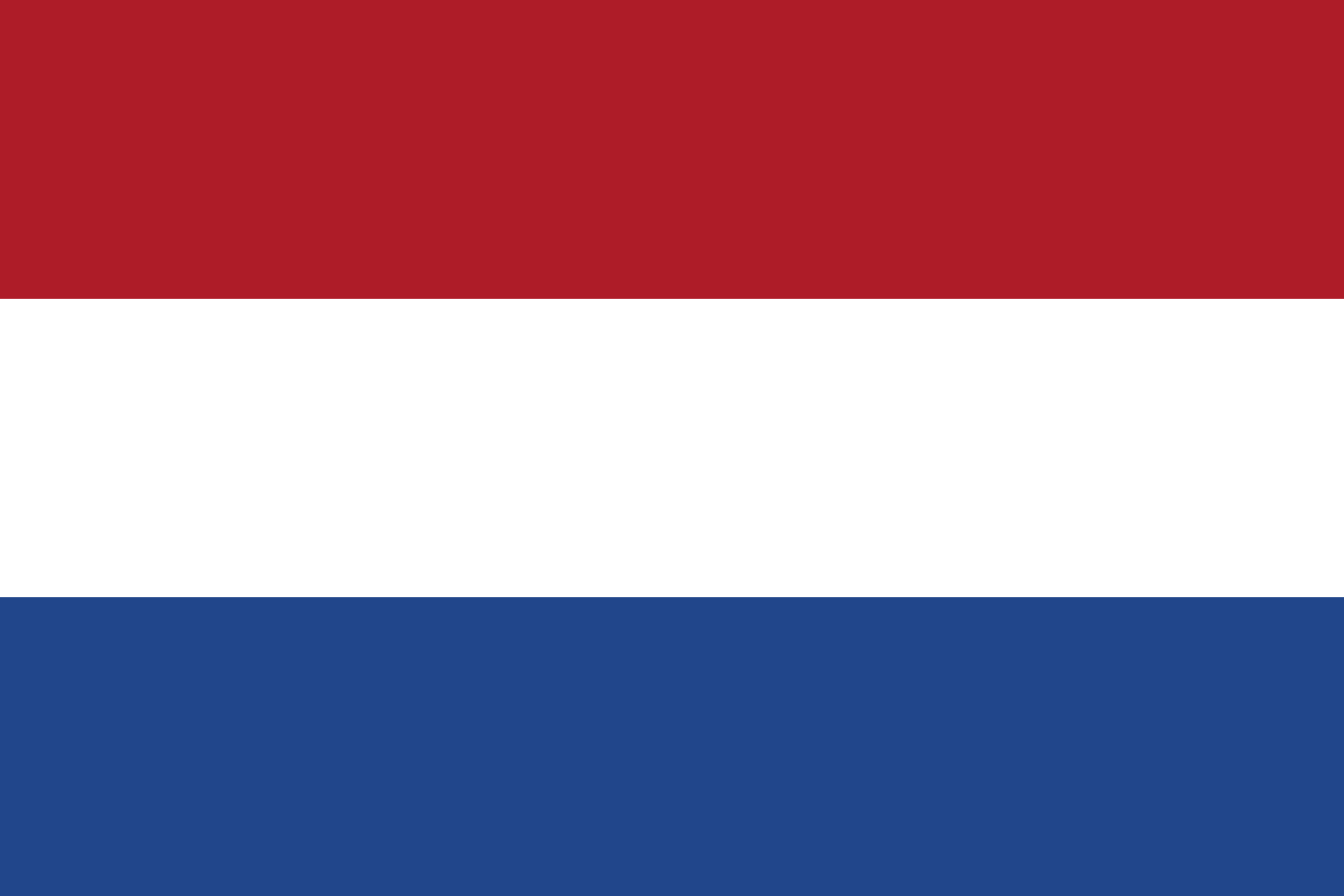







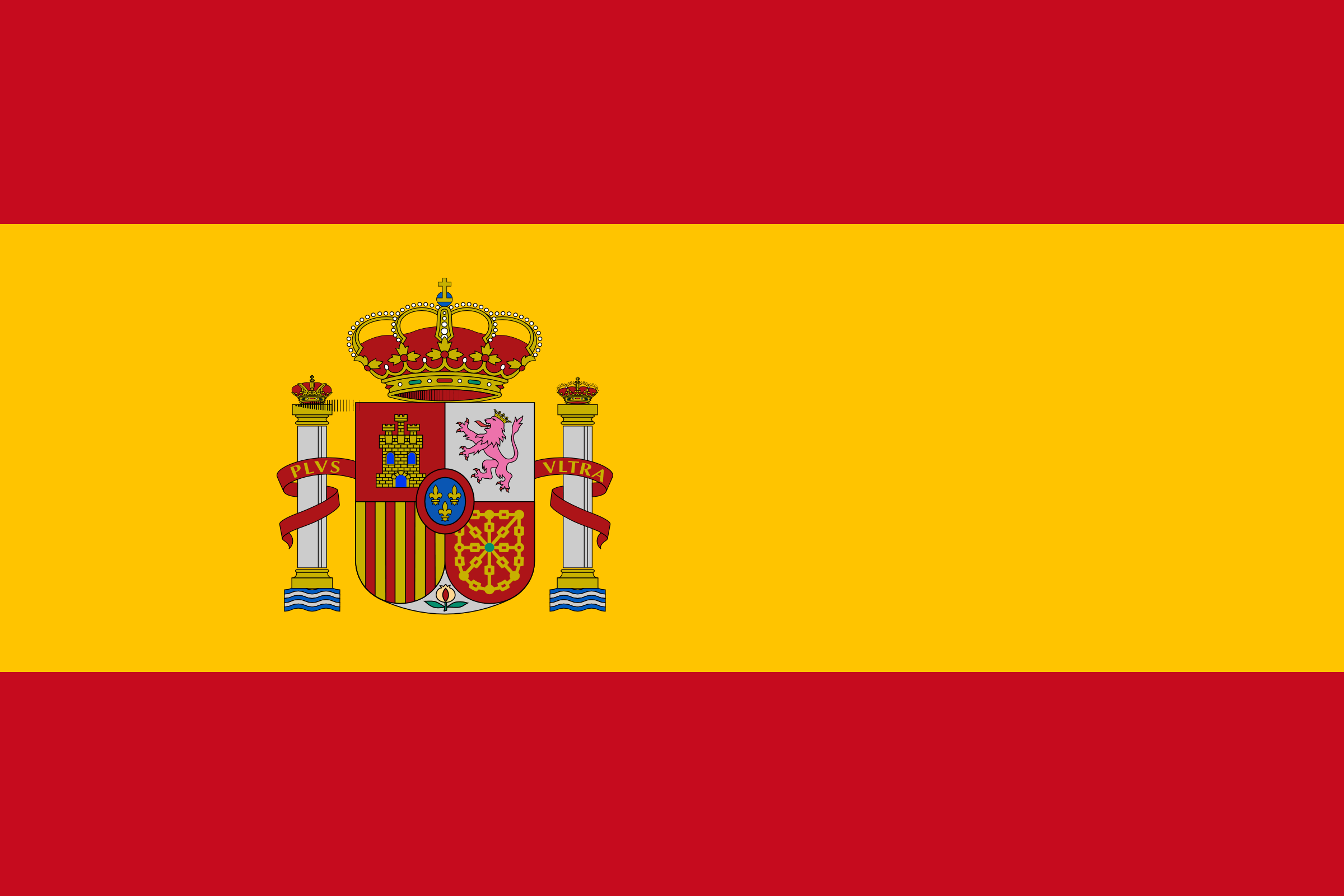





.jpg&w=125&h=125&far=1&bg=FFFFFF&hash=60b93235c37f318120547708e8620c95)
.jpg&w=125&h=125&far=1&bg=FFFFFF&hash=e25176daa3c7074f827cba6891f8e72e)




